|
|
|
Plywood |
Methods: Common Tablesaw |
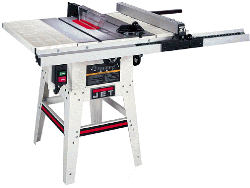 |
| The addition of a sliding table attachment can make crosscutting plywood a great deal easier. However there are no sliding table (attachments) that have enough capacity to rip 96" though. Sliding tables are handy to have in any event however, for more information on these, see the Survey of Sliding Tables article. | |
| Circular Saw A common hand held circular saw can also be used to cut plywood. Here, one might put the material onto saw horses and use the saw by cutting to a line. Most circular saws are notorious for blow-out on the top edge and cutting to a line is not going to result in the most straight of cuts. For this reason, this method will only produce rough cuts which would have to be re-worked later. There is an exception to this however (discussed further down). The advantage circular saws have is that they are portable and usually inexpensive. |
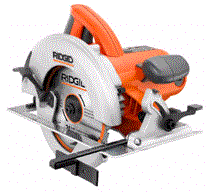 |
| Saw Guides Instead of free-hand cutting to a line with a circular saw, a guide can be used to control the saw during the cut. A simple shop-made guide (shown below) is very easy (and cheap) to make out of a couple of strips of plywood scrap. Although the cut could now be made straight with one of these, there is still a problem with chipout to deal with therefore these are still for rough cutting. There are several different types of commercial guide systems that offer more however. These vary in price and sophistication. They can be as simple as a surface clamp the cutting tool runs beside or a highly integrated tool system. The more simple clamp designs are really just a ready-made replacement of the shop-made guide shown below Among other things, the more sophisticated guides will eliminate chipout on the cut; this is due to the combination of the design of the guide and saw (or saw base). |
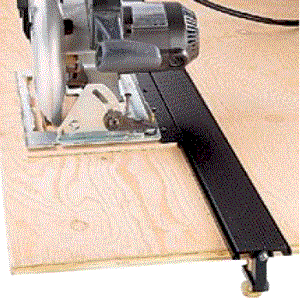 |
| The guide shown here is designed to work with their
circular saw. They also have a guide system for drilling the 32mm system holes as
well as miter angle and clamping widgets. This makes for an extremely versatile
system. The advantage a shop made system offers is its very low cost and portability. The advantages the low end commercial systems offer is portability and (hopefully) convenience). The high end systems offer very high cut quality, portability, the ability to use unclamped on a surface (like for flooring), and in the case of Festool, high integration with the rest of their product line. |
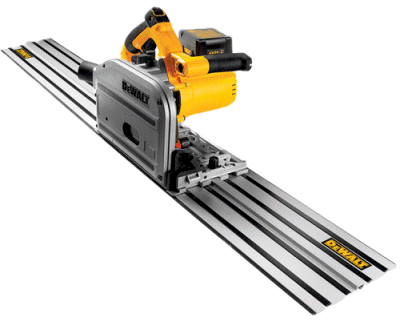 |
| Jointability One of the more unique systems is a tool named Jointability. This system is basically a clamp and edge guide all in one. With this system, the material is inserted into the clamp and the cutting tool is run across the tool ledge, the tool is actually guided by the top clamping bar. This system like others is aligned to a mark on the material. Although a router is shown with the tool here, a circular saw can also be used. The advantage of this system is that it is relatively portable, can also be used to joint stock, and clamps the material. |
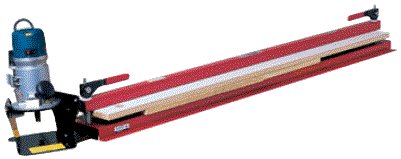 |
| Vertical Panel Saw The common vertical panel saw uses a frame of some sort to hold the material while a guided circular saw is run across to make the cut. These saws tend to be pretty expensive at the low end and quite sophisticated and even more expensive at the high end. The high end saws are more of an industrial machine though and not often found in a hobbyists shop. These tools have two primary advantages. The first is because they are vertical, they take up less floor space in the shop. The second is that some will require very little working space to perform a full cut. Contrast this with a tablesaw that will require over 16 lineal feet to make rip. A panel saw would only require the size of the sheet plus maybe a little additional overhang for the tool itself. Due to the design of many of these tools however, they are still only rough cut machines. This is basically due to the way the cutting tool is suspended over the material as opposed to riding on top of it. This will result in a rough cut edge with a great deal of blow-out. Some of these tools are also hard to align for truly square panels. |
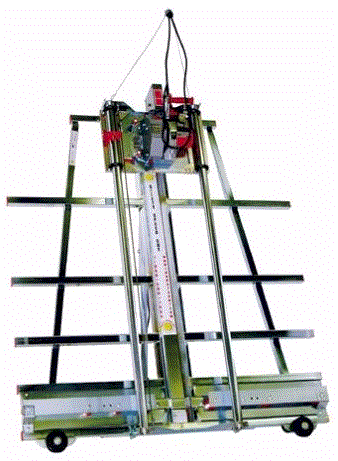 |
| The comments above are broad generalizations
however and one can find a great deal of variation in these types of tools. There are some
makes for instance that allow the operator to substitute the saw for a router as the
cutting tool, this opens up a whole range of possibilities instead of just cutting panels.
Others allow the entire tool to be used as a mobile material handler. Some of these devices will be limited in their ability to cut angles. |
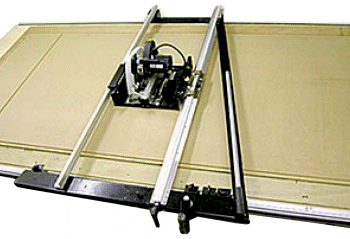 |
| Sliding Tablesaws A sliding tablesaw is a purpose built saw that has the sliding table integrated into its design as opposed to an added on an afterthought (which is what the sliding table attachments for common tablesaws are). The sliding tables of these machines are wide platforms that run very close to the cutting blade. They also use articulated arms (commonly called "outriggers") with attached tables to support large material. Although they can be used much like a common tablesaw, generally the stock is placed on the sliding table instead of guided by the rip fence. Using the sliding table results in straighter cuts with considerably less operator effort. |
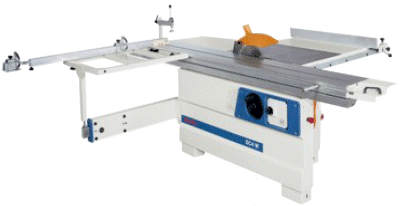 |
| These saws also have a small saw blade in front of the main blade used to score the material on the bottom, this is to prevent tear-out. The sliding tables themselves can be anywhere from 4 to 12+ feet in length (and travel). Sliding tablesaws range in price from about what a cabinet saw with all the accessories would cost to tens of thousands of dollars. The more expensive of the machines are industrial tools and have many advanced features including computer controls. The disadvantage of a sliding tablesaw is the cost and large footprint they require. Their advantage is in cut quality and their incredible accuracy in cutting square panels. | |
| Shop Made Solutions In addition to the shop-made guide mentioned above, a shop made vertical (or flat horizontal) panel saws can be built. Basically these can be anything from a table with a saw guide to a system using many of the same components as the low end commercial vertical panel saws. The advantage of these solutions is basically the same as the design they follow either a saw guide or panel saw. In addition (one would hope) they can be built for significantly less. |
| Recommendations For the more occasional use required of a hobbyist, a simple shop-made saw guide followed up with dress cuts on a table saw is an excellent low cost option. For cuts in chip prone materials such as Melamine, the double cut process on the tablesaw will yield good results at the expense of efficiency. This solution will have more waste and take more time but the system cost is too low to ignore. For field work, the large machine solutions (tablesaw etc) are probably not a realistic option. Here again a shop-made guide would (in theory) work but on many materials the cut quality will not be satisfactory for finish work. In this case, I recommend a commercial guide system; the best of these will give finish ready quality and save time as well. Of course, if one of these systems is "on staff" in a woodshop, it could be used here too. For a woodworking shop that uses a lot of sheet goods, either a vertical panel saw or sliding tablesaw would be ideal. This of course assumes that the owner has both the space to operate and funds to acquire this type of equipment and for most of my audience; one or both of these are absent. |